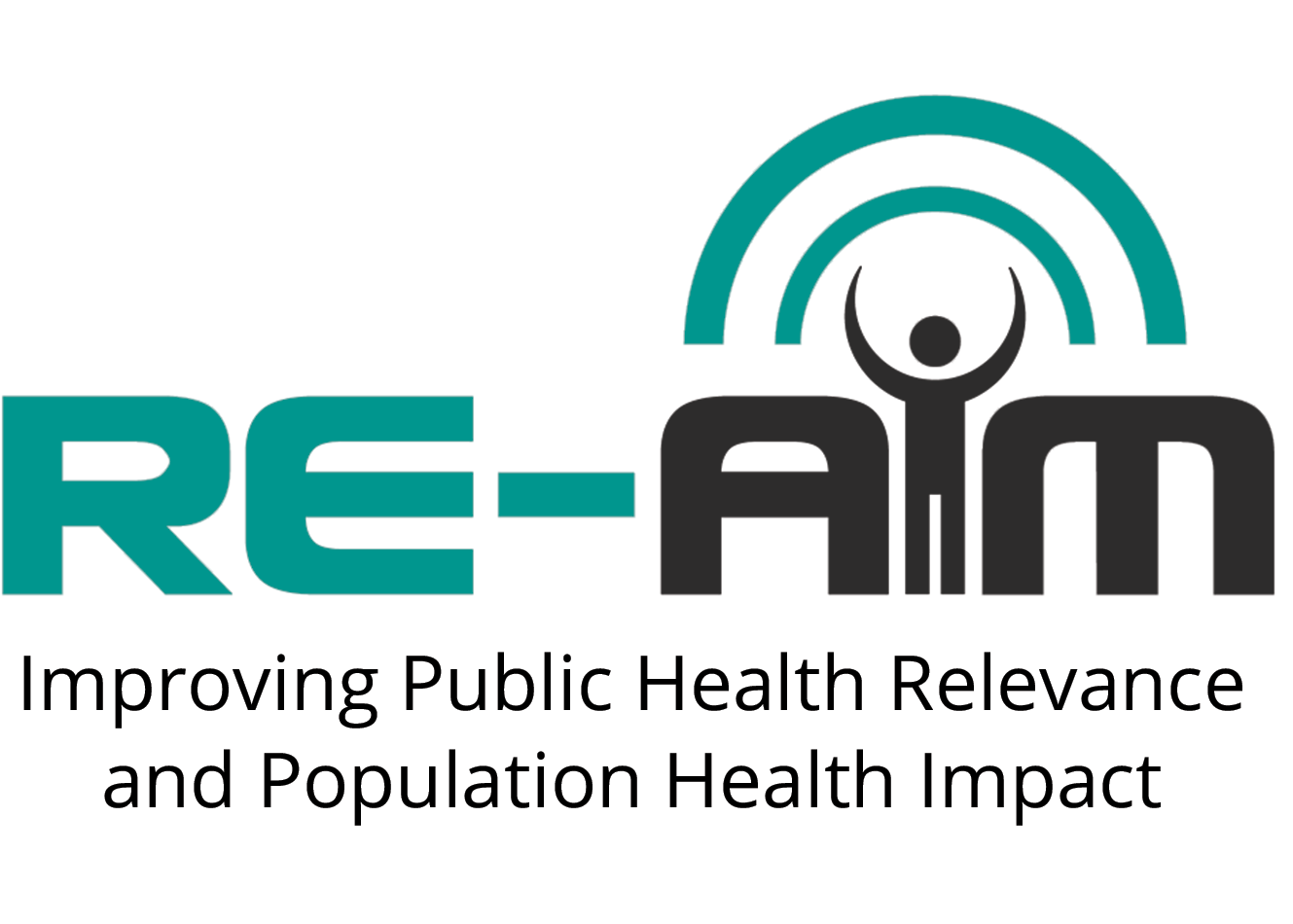PRISM Recipients
Organizational Characteristics:
Organizations have characteristics that affect their ability to successfully change behaviors in a given clinical area. These factors need to be considered at three organizational levels—top management, middle managers, and frontline teams.
The organization’s financial and structural health and staff history, culture, and morale can help predict a given intervention’s fit and potential success. Organizations with a culture of risk taking may be more apt to try programs that deviate from previous practices. Others may need to limit themselves to smaller steps on the road to improvement.
Patient/Community member characteristics:
Characteristics of patient or community member recipients of interventions need to be considered to maximize intervention effectiveness and reach important subgroups. Key patient and/or community member characteristics to be considered include age, gender, socioeconomic status, health literacy, native language, and culture. Patients and/or community members often have competing demands for their attention, and pre-existing health conditions or family or work demands may make it physically challenging to follow through with encouraged actions and participate in new programs.
Patients and community members who experience social support through families, friends, coworkers, or other patients and other community members with similar conditions or concerns are often more likely to respond to interventions. Other potentially modifiable factors include patient knowledge and beliefs, including fear of the outcomes of the condition or its diagnostic or treatment process; perception of their own personal risk for or from the condition; and fatalism, or the perception that the outcome is going to be bad whether or not the condition is discovered and managed.
Key elements for the PRISM Recipient domain include:

